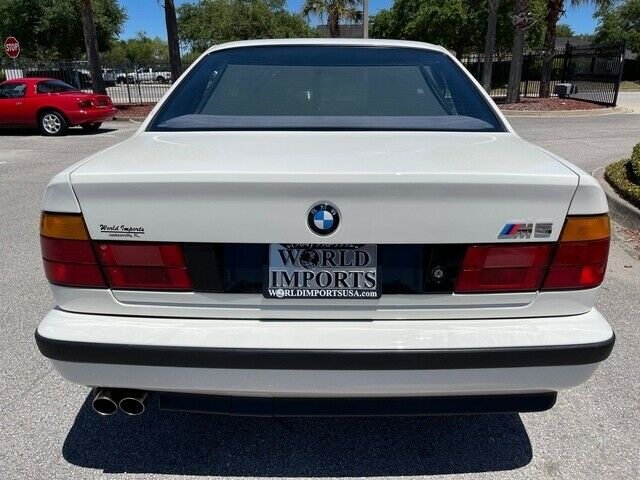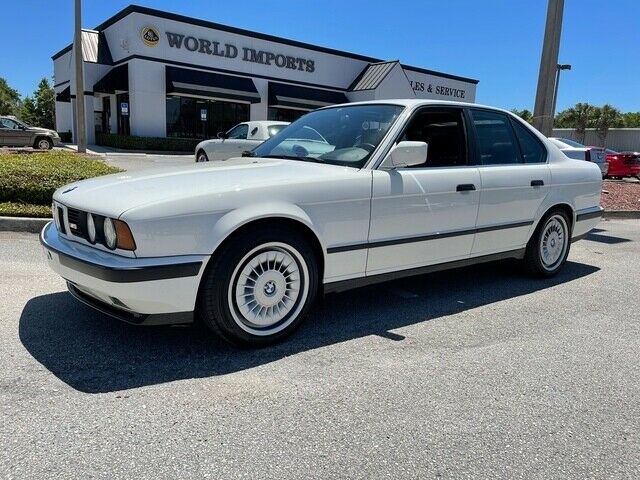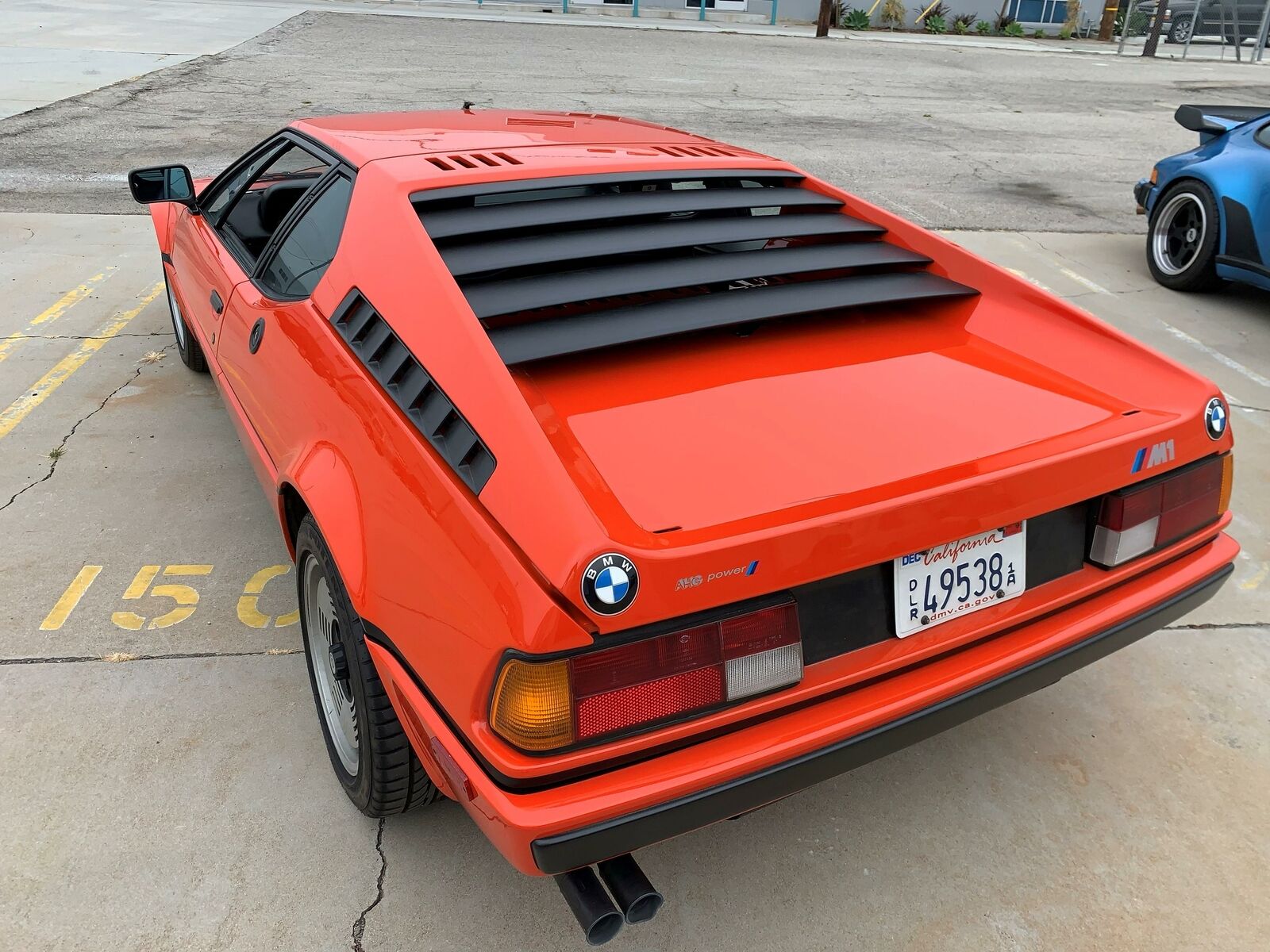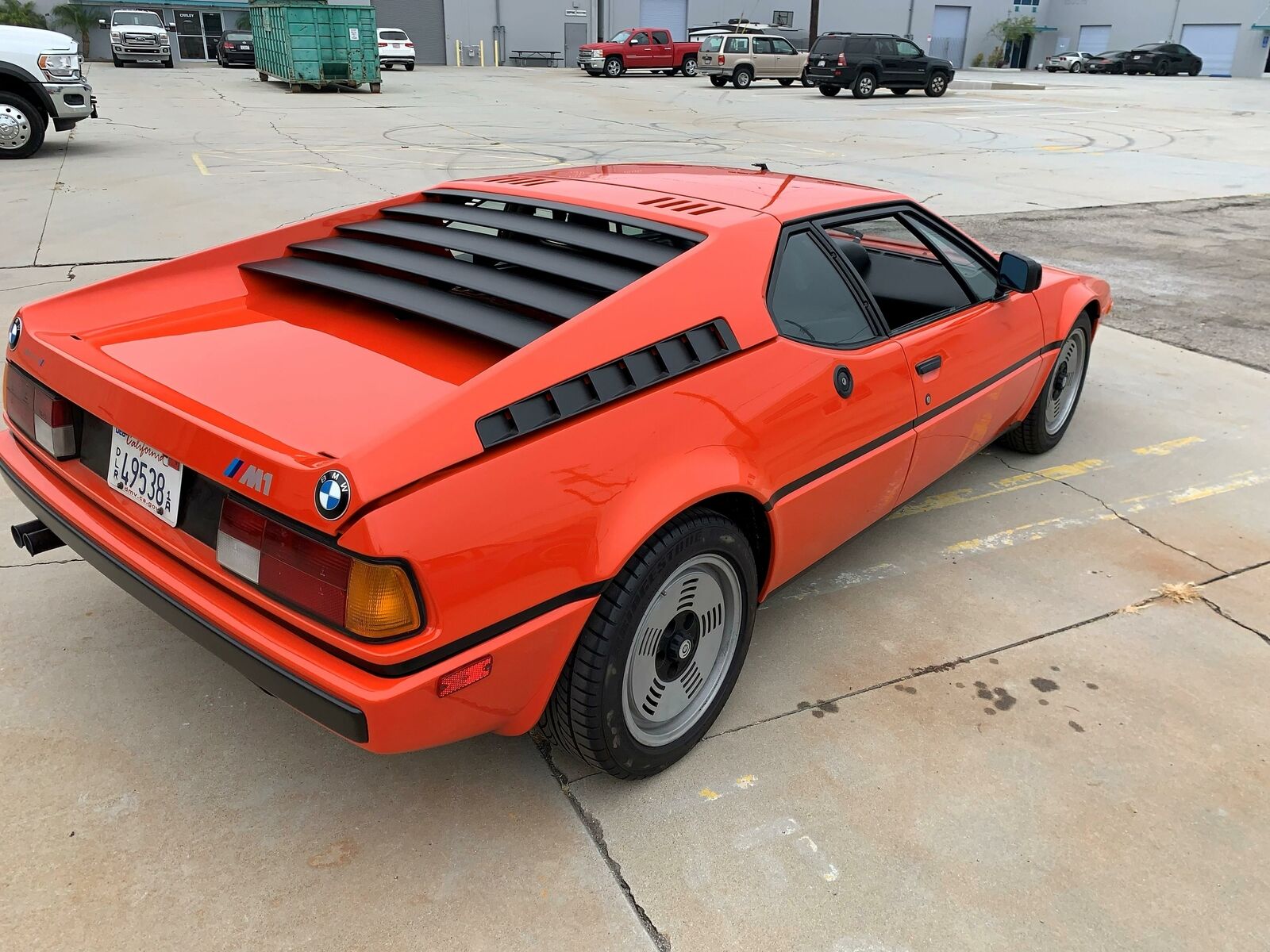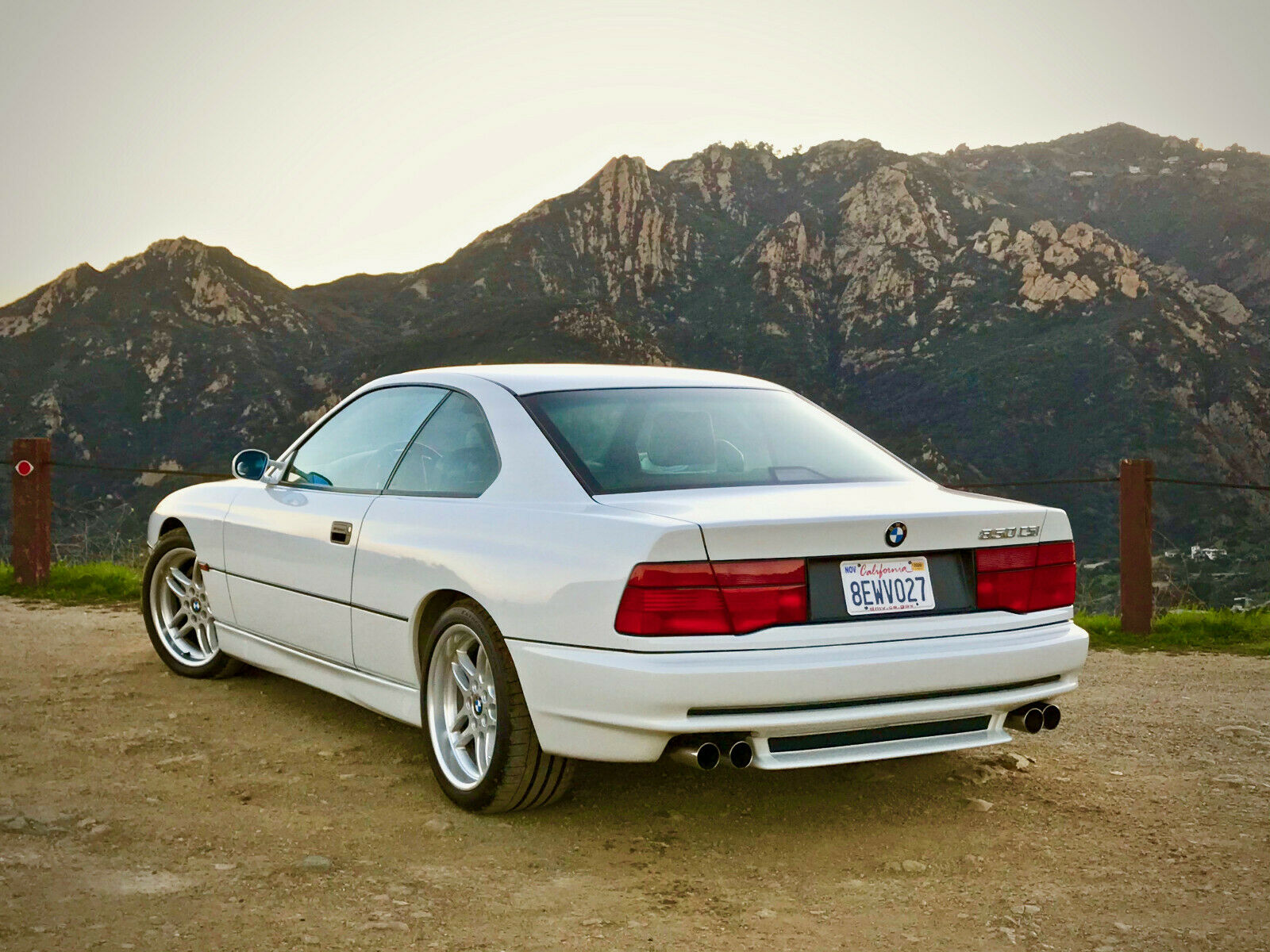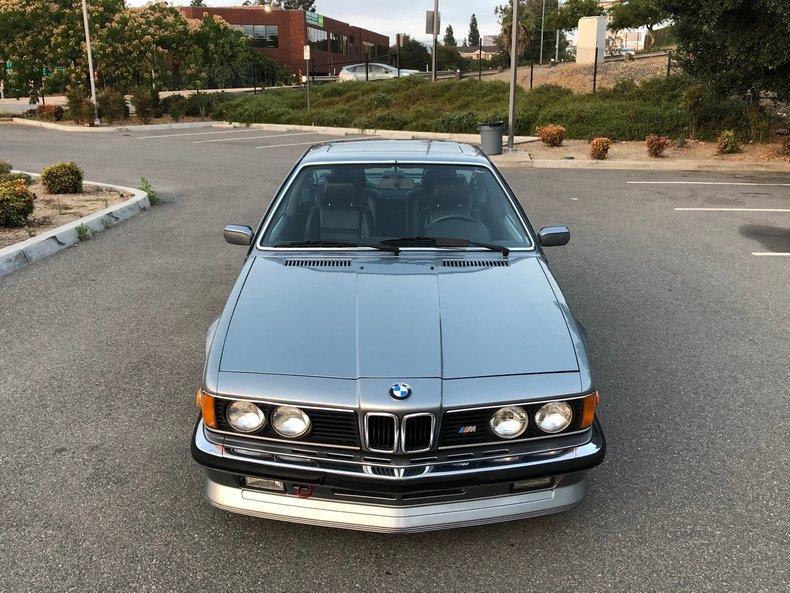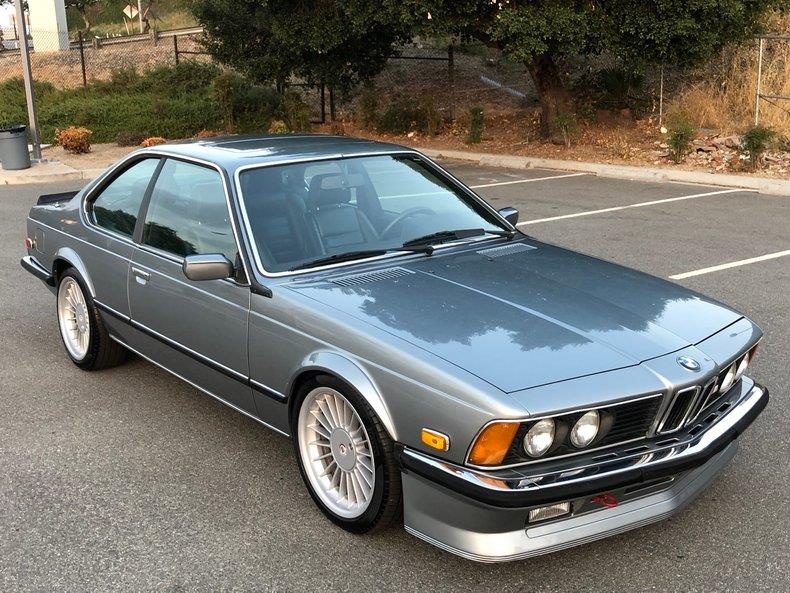
The M635CSi somehow gets lost among the other greats of the period from BMW. Perhaps, for U.S. fans, it’s the nomenclature that’s confusing. After all, there was a M1, an M3, and a M5, but when it came to the M version of the E24, BMW stuck with the moniker M635CSi in all markets but the United States and Japan. Confounding that decision was the launch of the E28 M535i. Like the M635CSi, it had additional body pieces, special interior trim and wheels from M-Technic. But while the M535i had a fairly normal M30 under the hood, the E24 received the full-fat M88/3 that was shared with the M5. Like the European M5 production started in 1984, well before they were available to U.S. customers. But while the M5 only sold in very sparse numbers over its short production cycle (about 775 sold in Europe between 1984 and 1987), the M635i was a relative hit, with just over 3,900 selling overall – far more than made it the U.S. market. Additionally, the European models were a slightly more pure form of the design; smaller bumpers, less weight, and about 30 more horsepower on tap without catalyst.
Back in February, I looked at a group of M6s with asking prices all over the map. True, some M6s have sold for big numbers and there’s one looking like it may hit $100,000 this week. But they’ve all been pristine original U.S. examples with very low mileage. Today we have a moderate mileage, lightly modified European M635CSi in an offbeat color (for the M6), so how does the price sit?
